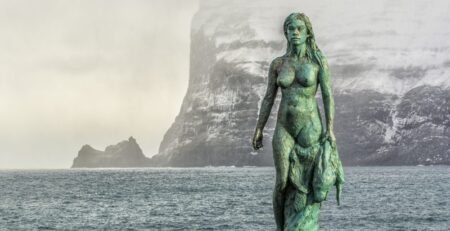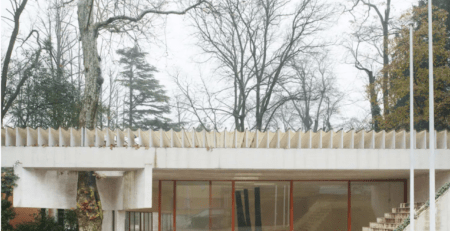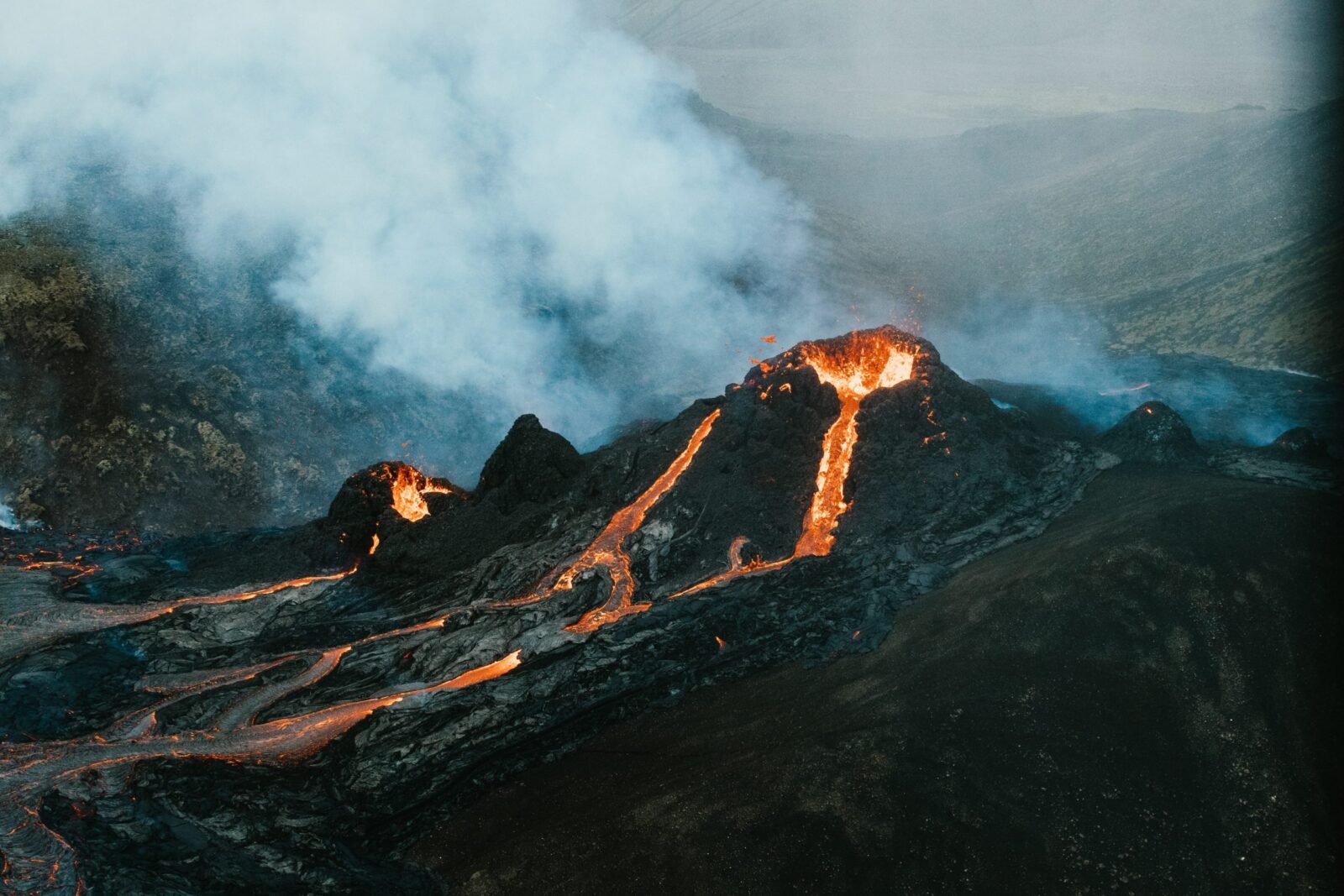
Volcano eruptions in Iceland
Nú Ninja Helga Mjöll2021-05-21T18:56:30+01:00Iceland is truly the land of ice and fire. An island three times the size of Catalonia, situated in the north Atlantic ocean and has more than 250 glaciers and suffers from vile weather and freezing cold. However, there is a lot of heat in the ground. Iceland has many hot springs and is one of the most volcanically active places in the world, with 130 volcanoes, 30 of which are active.
As we speak, there is a volcanic eruption taking place in Fagradalsfjall, Iceland. A truly spectacular eruption turning the area into a Mordor look-a-like.
The reason for the volcano activities is that the country is located on the Mid Atlantic Ridge, the one that separates the North American and Eurasian tectonic plates. The plates are pulling away from each other, which causes tension in the ground.
The ridge goes all the way across the country. You can see it in many places, such as in Reykjanes Peninsula and Lake Mývatn, but in the national park Þingvellir it is most explicit. There you can stand in a valley between the plates and see both continents’ walls on each side. The valley widens about 2,5 cm each year due to the constant pull of each tectonic plate.
These massive contrasts of natural forces are the reason Iceland is so beautiful, with landscapes like out of a fairy tale or fantasy fiction.
In this article we have gathered information about some of Iceland’s most dramatic volcanoes. We consider them to be The Top 7 most amazing Volcanoes in Iceland.




Fagradalsfjall
Most recently, on March 19th 2021, a fissure opened in the Geldingadalur area, measuring around 700 meters long started to eject lava, covering an area less than one square kilometer. The mountain Fagradalsfjall is a volcano located on the Reykjanes Peninsula in southwestern Iceland. This is the first known eruption on the peninsula in over 800 years. Currently, the eruption poses no threat to the citizens of Iceland as the area is mostly uninhabited. However, it is too soon to tell whether there will be any sulfur dioxide pollution in our air.
Because the eruption is a shield volcano eruption, this may mean it will continue for several years. Even during these times, many people have sought out Iceland to witness the eruption. However, many parts of the mountain remain inaccessible due to the large level of carbon dioxide and carbon monoxide volcanic gases.
As the eruption is fairly new, no one is sure of the long-term effects, if any. As a precaution however, the area was evacuated as fissures continue to open. The most recent opened during the night of April 10th. Currently, the lava continues to flow into the Geldingadalur valley.
Eyjafjallajökull
Located in the Southern region of Iceland, a series of volcanic eruptions in 2010 caused major disruptions to air travel across Europe. The eruptions initially began in March of 2010 and continued into June later that year. The eruption however was officially declared over in October after three months of inactivity.
Like all volcanic eruptions, the mass spreading of ash across the nations of Northern Europe caused around 20 countries to close their airspace. Although this is a relatively minor event, the eruptions still affected over 10 million travellers and thus caused harm to the economy.
However, it was after these series of eruptions that caused a boom in tourism to Iceland. The eruptions were caught on footage and shared globally, and many people around the world found these scenes to capture the raw beauty of Iceland. Soon the country became a highly visited place to further explore these volcanic regions.
It is for this reason that the Eyjafjallajökull eruptions are known as Iceland’s most famous volcano. Eyjafjallajökull is now a popular tourist attraction which you can visit by plane or helicopter for the best view of the volcano as possible. Thousands of people to this day continue to visit Iceland for this volcano specifically.
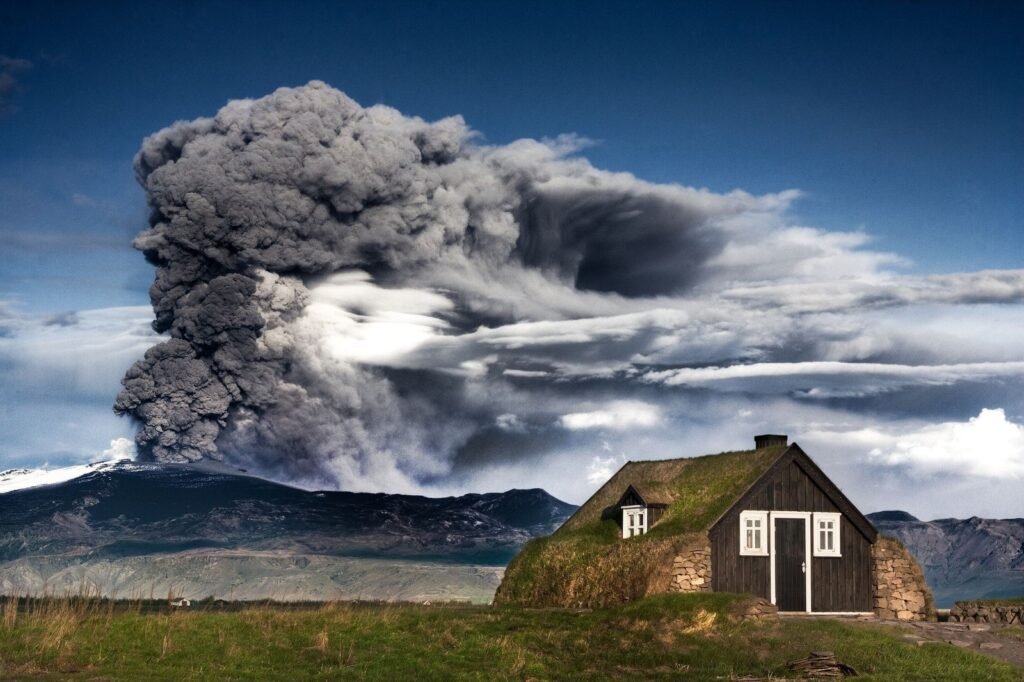
The Heimaey Eruption in the Westman Islands
Eldfell is a volcanic cone located 200 meters high on the Icelandic island of Heimaey. In 1973 it formed in a volcanic eruption that was very dramatic and caused temporary evacuation. Because the ash fall over the island, over 400 homes were destroyed.
The intense lava flow threatened to close Westmans harbour, which happened to be the islands main source of income. However, Iceland’s emergency measures have been proven to be especially effective, and their response to the Heimaey eruption just goes to show their efficiency and proficiency in reacting to such natural catastrophes. An operation was put in place to cool the lava flow by pumping sea water onto it. This helped to prevent the closure of the harbor and help restore the island.
Other measures were put in place by the islanders, for instance, heat from the cooling lava was used to provide hot and water and generate electricity, they used tephra (rock fragments and/or particles ejected by volcanic eruptions) to extend the runway at the islands airport and as landfill. Because of this, 200 new houses were able to be built.
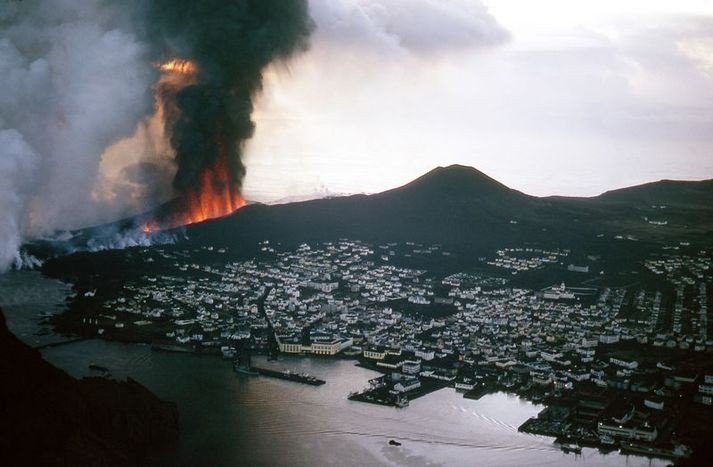
Laki
Iceland’s most catastrophic eruption to date is Laki’s eruption of 1784. The eruption happened over a period of 8 months from June 1783 to February 1784. Over this period of time, an estimated 42 billion tons of basalt lava alongside clouds of poisonous hydrofluoric acid and sulfur dioxide seeped into the soil leading the nation into a state of famine.
Not only did the eruption almost tear apart all of Iceland’s nation, but deeply affected the climate and health of all of Europe. In France it caused famines so terrible that many historians consider Laki one of the French Revolution’s driving catalysts.
Laki even affected the Nile river located in Egypt, the river dried up in turn killing one sixth of the Egyptian population. In the aftermath of the eruption global temperatures dropped and around 120 million tons of sulfur dioxide was emitted into the Northern Hemisphere affected crops in Europe, North Africa, and India.
As a result of the eruption, there was immense food shortages because of the utter volume of ash spread across the country. Crops across Iceland were destroyed, rivers were left poisoned, and half of the country’s livestock was completely wiped out. One third of Icelanders passed due to famine, while another third of the population relocated to parts of North America in aims of starting a new life far from what appeared to be a dying island.

Hekla
Hekla is one of Iceland’s most famous and active volcanoes yet. It received its nickname “The Gateway to Hell” because of its regular and unexpected eruptions. Over 20 eruptions have occurred since the Middle Ages with each eruption varying in intervals from nine to over 121 years.
Over the years, millions of tonnes of tephra have been dispersed all across Iceland. It was from the 1100’s until the mid 1800’s where the most destruction occurred. Livestock, buildings, and human life were those deeply affected during those times.
As mentioned previously, it was hard to predict both when each eruption would occur and how intense it would be. Some eruptions would occur over the period of days whereas others would continue on for months and years. However, scientists have concluded that the longer Hekla stays dormant, the bigger and more catastrophic its next eruption will be. The most recent eruption was in February of 2000.

Snæfellsjökull
Like Eyjafjallajökull and Hekla, Snæfellsjökull is another one of Iceland’s most famous and most visited volcanoes. The 700,000 year old volcano is located in the western part of the Snæfellsnes peninsula.
The volcano received its popularity for its role in the Icelandic culture. It specifically received significant recognition after the release of the novel Journey to the Centre of the Earth by Jules Verne. The novel, and later film, depicted main characters on their expedition to the Snæfellsjökull volcano that lead to the centre of the earth. This is how the mountain received its name “The Door to the Centre of the Earth”.
Additionally, the site of the volcano seemed to attract those who believed in the paranormal. There were myths that believed on the night of November 5th, 1992 that the mountain was used as a landing site for extraterrestrials. This news gathered the attention of many but was later debunked.
Currently, you can visit Snæfellsjökull and witness its beautiful scenery. The site was turned into a National Park.

Þríhnúkagígur
Þríhnjúkagígur is a 4,000-year-old volcano by the mountain range Bláfjöll, close to Reykjavík. What makes this volcano so highly unusual is its empty magma chamber.
After an eruption, the magma chamber of a volcano usually fills up and is sealed with hard cold lava. However, that did not happen at Þríhnjúkagígur, which not only makes its magma chamber so spectacular, but also opens the possibility to explore the heart of the volcano from the inside.
You can go inside the volcano’s magma chamber companied by experienced guides, descending in a cable, a truly unforgettable experience. The distance from top to bottom is roughly the height of the Great Pyramid of Giza!
Not only is this the world´s only magma chamber that is safely accessible, but its natural beauty is staggering. The inside walls of the volcano are a mosaic of lava formations displaying a collage of colours that only Mother nature could compose.
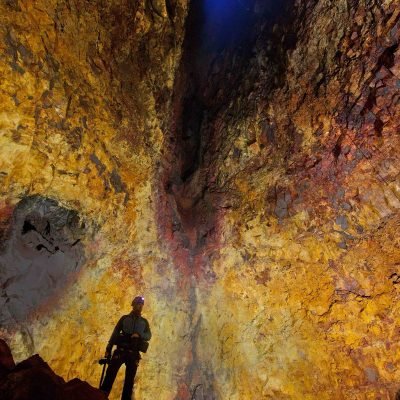
Written by: Benji Raskin and Helga Mjöll Oddsdóttir
Sources:
https://guidetoiceland.is/nature-info/the-deadliest-volcanoes-in-iceland
https://icelandmag.is/tags/thrihnjukagigur
Wikipedia
Cover picture: Ása Steinarsdóttir on Unsplash
———

